Magic Metamatetials & 超越电磁材料之美
2016-11-29 by:仿真在线 来源:互联网
The concept of "metamaterials" has become the hottest topic, not one of, in EM thoery and engineering. Like all new topics, there have been many debats in the community since it was reported again as an engineering design in 2000. After years, I realized that not all people have really studied the definition of metamaterials carefully and known the original idea to propose this concept.
Here, let us go thru some of the topics relevant to metamatetials from an engineering point of view as a fun.
Wikipediahttps://en.m.wikipedia.org/wiki/Metamaterial
Negative-index metamaterial array configuration, which was constructed of copper split-ring resonators and wires mounted on interlocking sheets of fiberglass circuit board. The total array consists of 3 by 20×20 unit cells with overall dimensions of 10 mm × 100 mm × 100 mm (0.39 in × 3.94 in × 3.94 in)
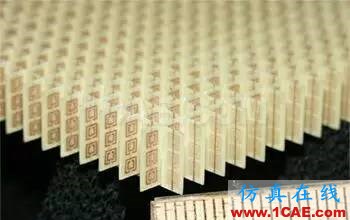
Metamaterials (from the Greek word "meta-",μετά- meaning "beyond") are materials engineered to have properties that have not yet been found in nature. They are made from assemblies of multiple elements fashioned from composite materials such as metals or plastics. The materials are usually arranged in repeating patterns, at scales that are smaller than the wavelengths of the phenomena they influence.
Metamaterials derive their properties not from the properties of the base materials, but from their newly designed structures. Their preciseshape, geometry, size, orientation and arrangement gives them their smart properties capable of manipulating electromagnetic waves: by blocking, absorbing, enhancing, bending waves, to achieve benefits that go beyond what is possible with conventional materials.
Remarks: three key components of metamaterials 1 conventional natural materials 2 structures arranged in some way 3 unusual EM properties
Natural atoms at optical bands and Artificial atoms at microwave bands J Pendry: Metamatetials and Control of Electromagnetic Fields
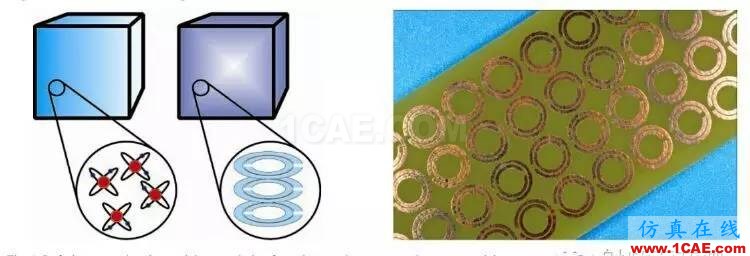
I think, I should include one more figure to remind the people who are still arguing the concept of metamaterials, especially, from the fields of microwave engineering. The essential idea of metamaterials is to artificially engineer the atoms with physically larger but electrically smaller size at microwavd bands similar to that of natural atoms at optical bands. In other words, we are artificially fabricating materials which have artificial atoms and feature the unique EM properties.
Sir John Brian Pendry

Sir John Brian Pendry (born 4 July 1943) is an English theoretical physicistknown for his research into refractive indices and creation of the first practical "Invisibility Cloak". He is a professor of theoretical solid state physics at Imperial College London where he was head of the department of physics (1998–2001) and principal of the faculty of physical sciences (2001–2002). He is an honorary fellow ofDowning College, Cambridge, (where he was an undergraduate) and an IEEE Fellow.John Pendry: I knew that Russian engineer Victor Veselago had theorized a lens made out of material with a negative refractive index. In 1999 I checked whether such a lens could be perfect, expecting the usual answer—that it wasn't perfect. I didn't get it; the theory said it was perfect. I was astonished, and so was everybody else. The mechanism of a perfect lens is very strange. I still get letters saying that it is all rubbish, but this has died down.
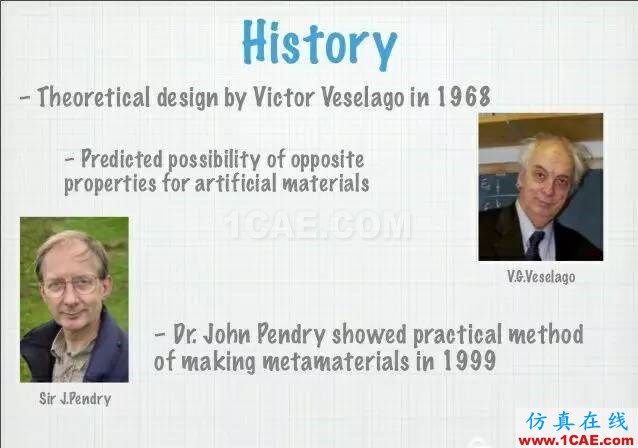
The concept of metamaterials opened up the field. A metamaterial is a material whose electric and magnetic properties are determined as much by its structure as by its chemical composition, although the structure must be on a scale much smaller than the wavelength of light you're using.
metamaterial-based superlens
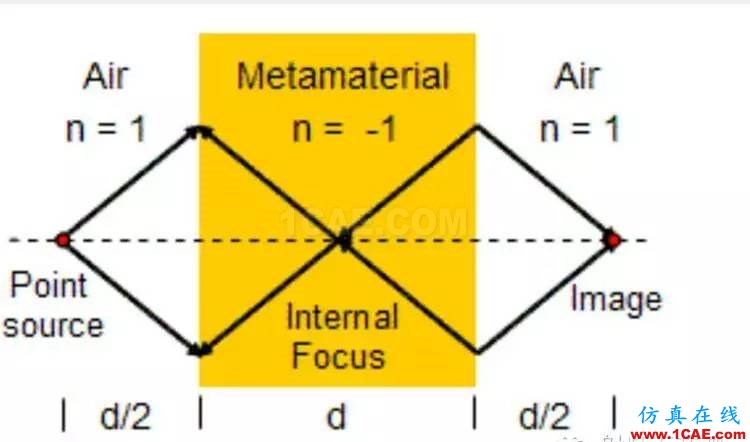
The real kick-start came when I got together with a team in San Diego who made the first material that had a negative refractive index, which was something of a Holy Grail for electromagnetism. It had been talked about for many, many years but you just couldn't find any stuff that did that.
Humor Professor

Reporter: Will metamaterials win a Nobel Prize? JP: All I can say is that I hope they will. It is a lottery, isn't it really? reporter: If you met J. K. Rowling, what would you say? John Pemdry: I'd be in awe. I'd let her speak first, like the Queen.
Image captionSimple ideas have flourished as a whole new field of research looks to capitalise on "invisibility"
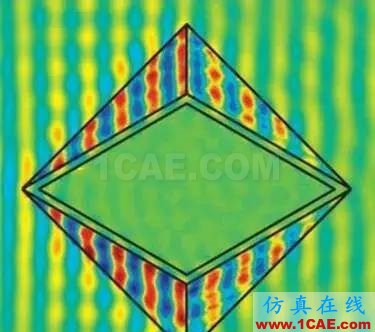
Pendry first gained notoriety outside the field of physics when he published an idea for an "invisibility cloak" in 2006. The concept made use of metamaterials - whose properties are not defined by their chemical makeup but rather by their structure on the tiniest scales - to guide light around an object, rendering it in effect invisible.
An early metamaterial using repeating elements of copper split-rings and copper wires by D. R. Smith et al.
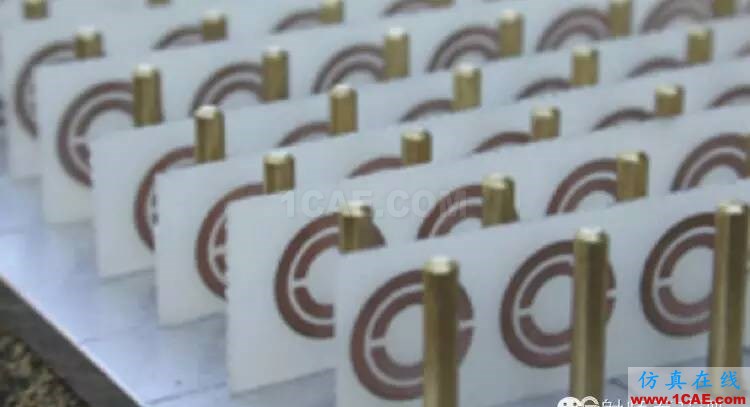
David R. Smith is an American physicistand professor of electrical and computer engineering at Duke University in North Carolina. Smith's research focuses on electromagneticmetamaterials, or materials with a negative index of refraction.
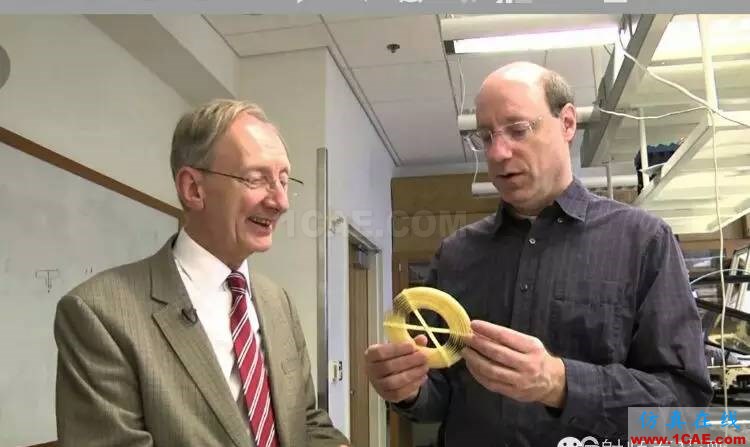
An early metamaterial using repeating elements of copper split-rings and copper wires. Credit: D. R. Smith et al.
David R. Smith's group in 2000 first created a metamaterial using copper split-rings on circuit boards and lengths of copper wires as repeating elements. The size and shape of the split-rings and copper posts determines what frequency of light the metamaterial is tuned to. The combination of these components interacts with the incident light, creating a region with an fully engineered effective index of refraction.
Remark: A great work to translate the magic physical concept to a prototype experiementally.
George Eleftheriades designed the frst three-dimemensional negative-index superlens using transmission-line metamaterials.
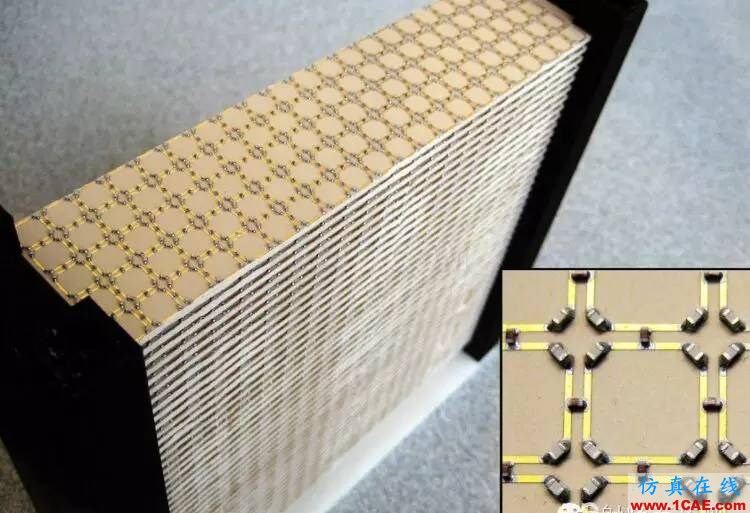
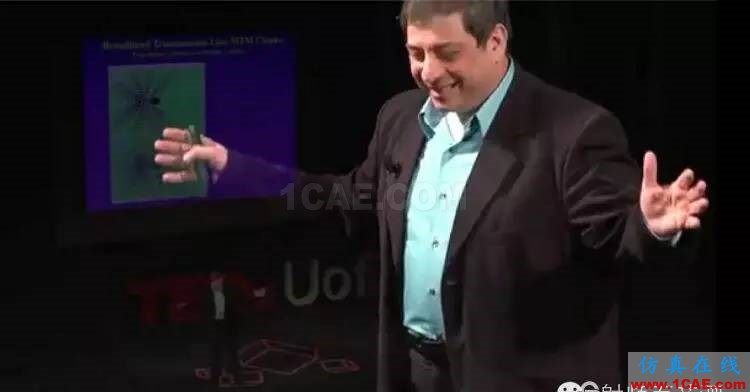
关于metamaterial的争论很多。一方面,大多数像我们一样做工程的,不太明白如何把那些吹得神乎其神的物理概念与工程设计相结合; 另一方面,个别老鼠屎信口呲黄,诓国家骗百姓,污名metamaterial。 在过去几年,我在许多大会报告中都试图还metamaterial个清白,也试图用工程的语言去bridge metamaterial的物理概念与工程技术。我称这个是:Translational Metamaterial Research。 我的口号是: 破除迷信,解放思想; 踏实求是,大干快上!
I will address this point three times (重要的事说三遍): 2nd: Metamaterials are structures constructed by conventional materials for unique EM properties which have never been found in nature. 3rd: 电磁超越材料是由普通电磁材料构成的结构以实现独特的自然界还没有发现的电磁性质。
Selection of beautiful photos of metamatetial-based designs
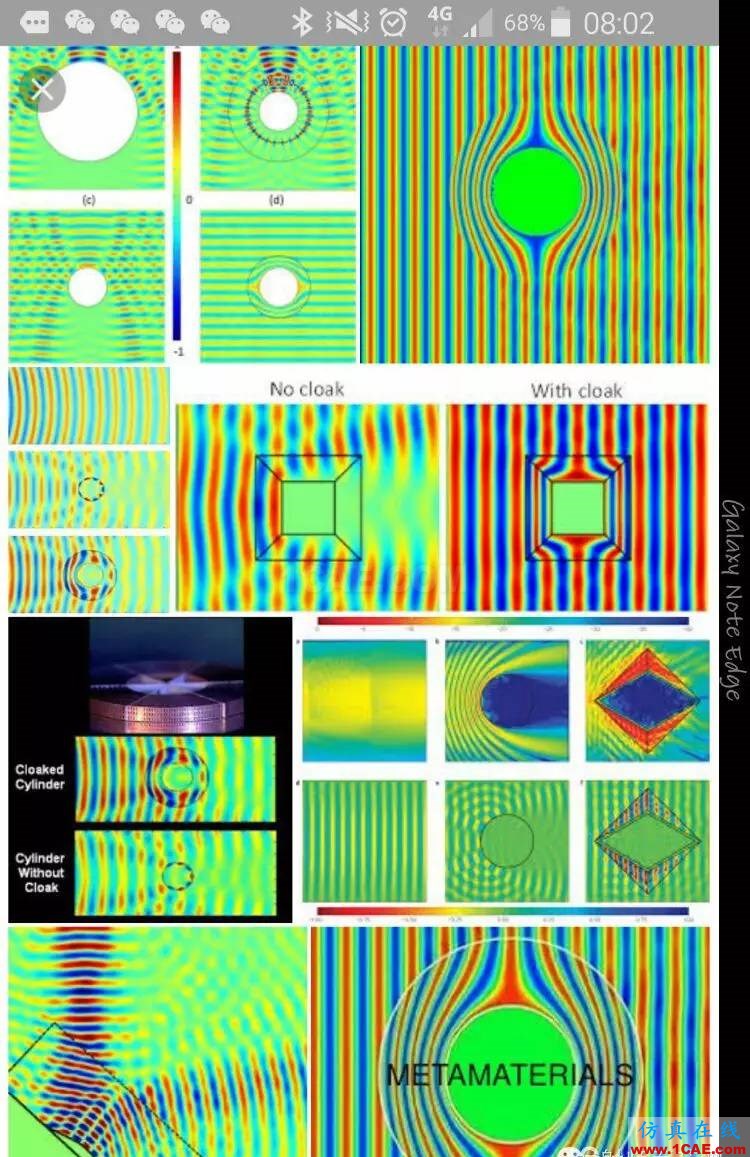
Remark: Potential Applications of Metamatrials. in short, the concept can be applied in any areas related to fields or waves, in particular, Electromagnetic Waves. There is no limitation of frequency when applying the concept. However, it should be noted that double-negative materials are considered as Metamaterials but metamaterials are absolutely NOT limited to Double Negative Materials.
However, we must break the bottleneck of performance of metamaterials, narrow operating bandwidth, high ohmic loss and complicated structures if we are going to apply them in practical systems.
For instance, besides the materials or structures falling into negative permittivity or/and permeability, the structures with zero and less than unit permittivity and /or permeability have never found in nature. Even we have found any structures in nature which feature very high permittivity and /or permeability by using the natural materials like conventional dielectric substrate as shown in the slide.
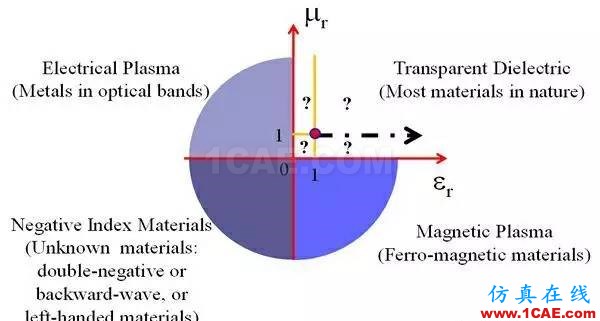
Based on my rethinking, we have developed many technologies for Antennas, absorbers, and transmission lines, including 1 ultra- low profile antennas for cellular base-stations, RFID readers, and radar systems; 2 electrically larger zero-phase shift loop antennas and arrays for UHF RFID reader and for WiFi; 3 ultra-thin planar lens for 5G massive MIMO base stations; 4 ultra-thin wideband magnetic absorbers; 5 high-gain Vivaldi antennas and patch antennas; 6 ultra-thin FP cavity antennas; 7 utral directional MRI coils; 8 consistent-gain, wide-angle composite right/left handed leaky wave antenna; 9 wide-band low-profile CP antennas 10 ultra-small UHF antennas for small cells 11 spoof surface plasmon-fed dielectric resonator antennas with missing mode; 12 spoof surface plasmon transmission lines
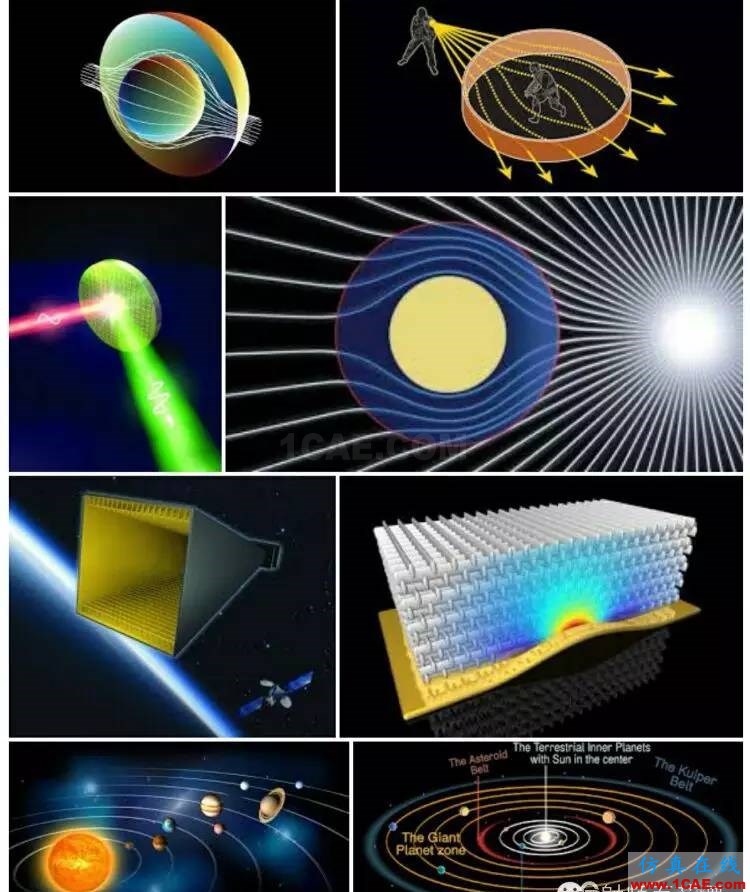
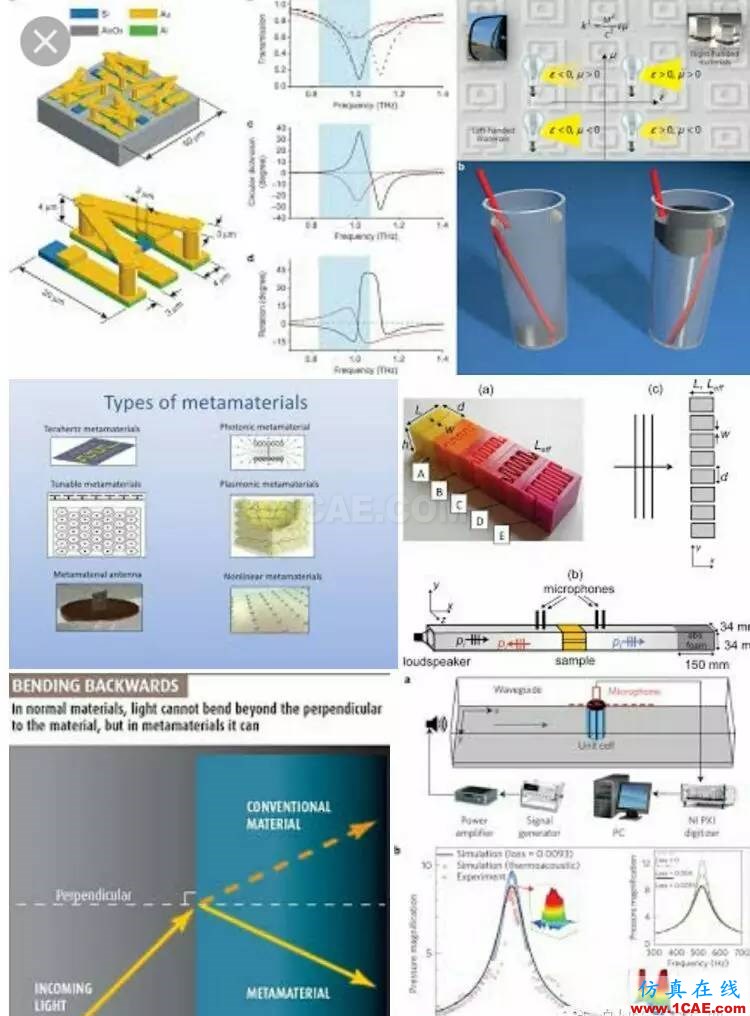
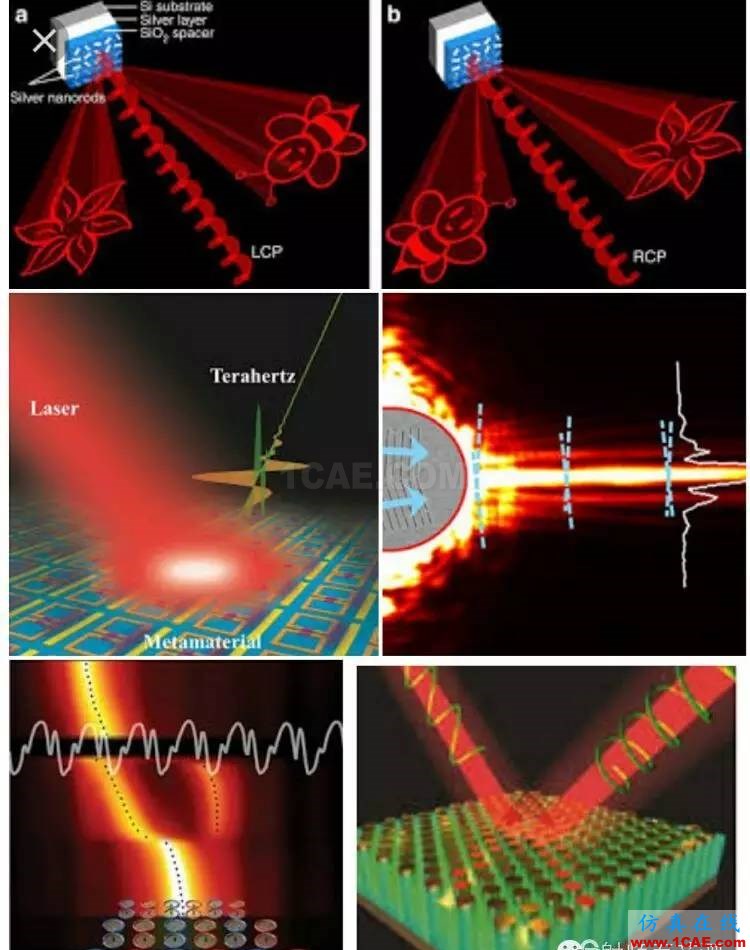
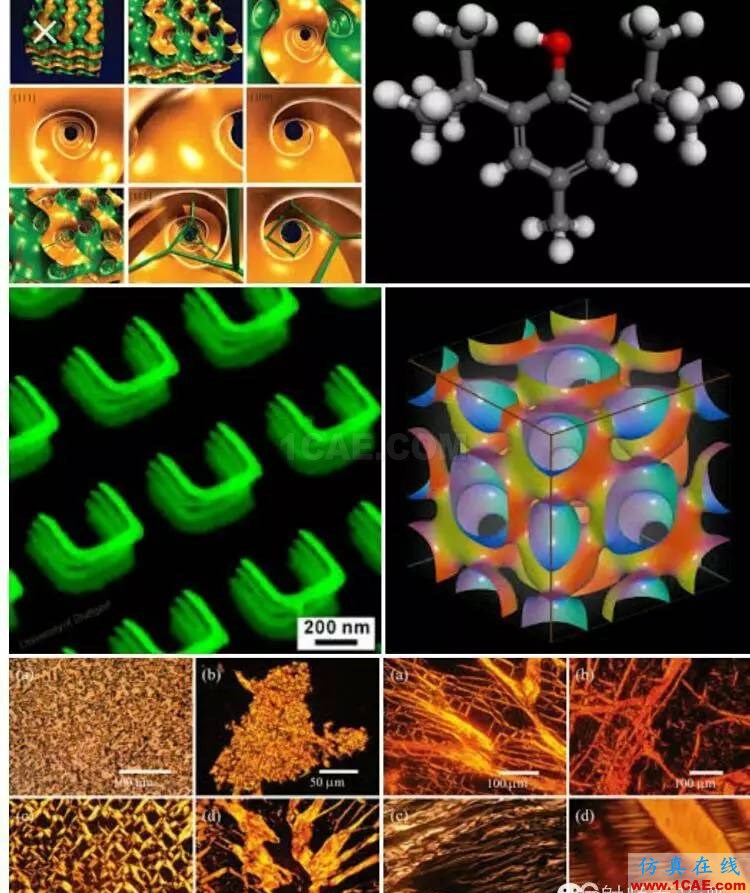
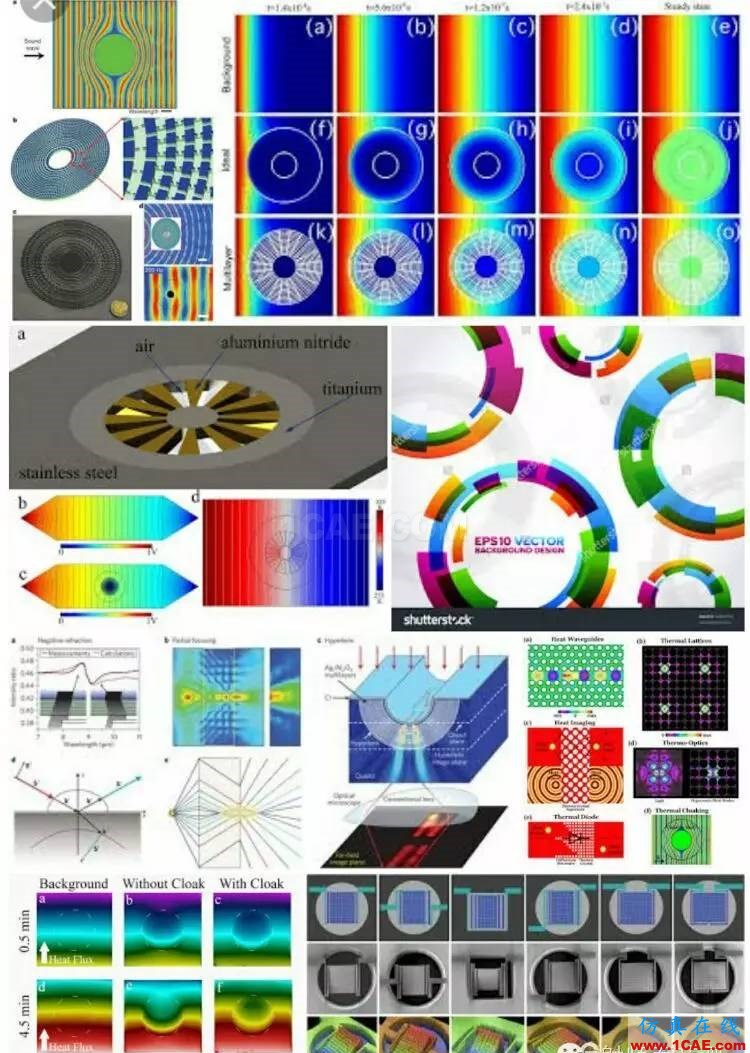
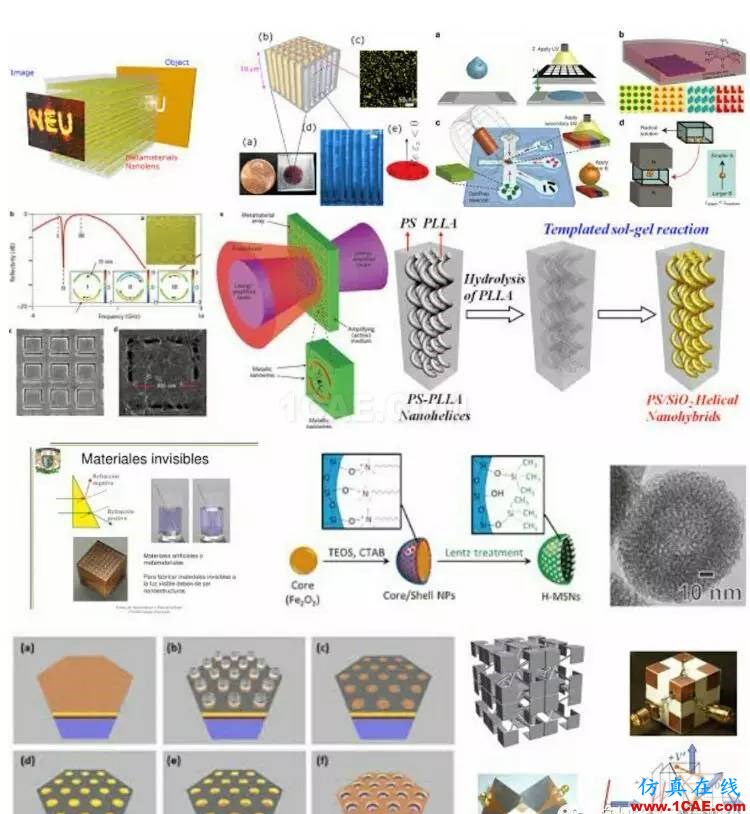
Beautiful EM is waveing in the light Magic Metamatrials are flying in sky Curious Explorers are traveling in night Talented Engineers are working on artworks
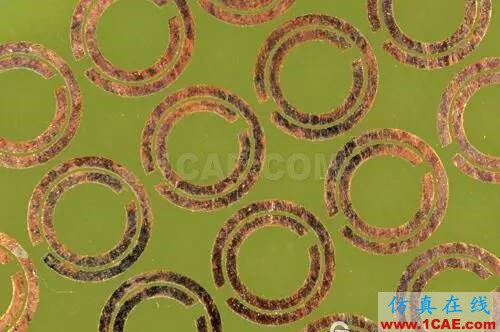
作者:陈老师
相关标签搜索:Magic Metamatetials & 超越电磁材料之美 ADS电磁培训 ADS电磁培训课程 ADS电磁分析 ADS电磁在线视频教程 ADS电磁技术学习教程 ADS电磁软件教程 ADS电磁资料下载 ADS电磁代做 ADS电磁基础知识 Fluent、CFX流体分析 HFSS电磁分析 Ansys培训



